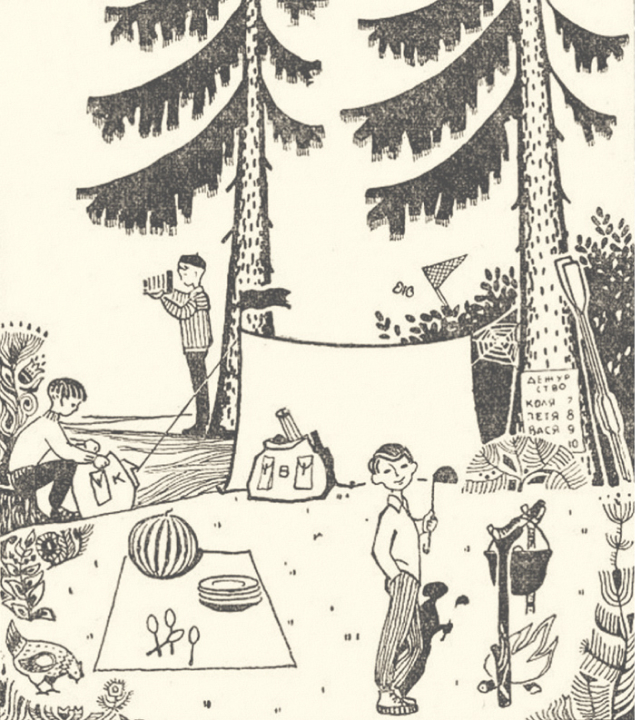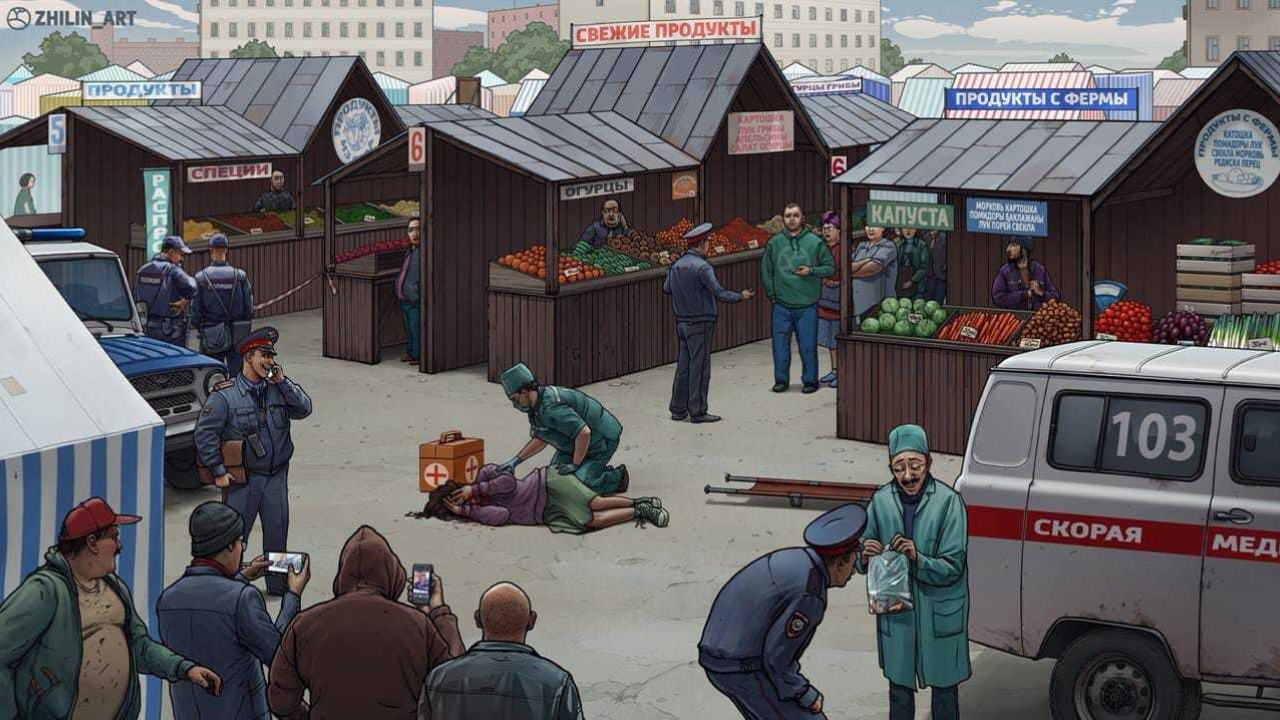Question about the picture: What is the name of the victim?
The captain of a Japanese ship noticed that he had lost his gold watch during the journey. It happened while he was taking a shower. Four people came under suspicion. The cook claimed that he was preparing lunch for the crew, the helmsman said he was at the helm, sailor Leslie stated that he noticed the flag was upside down and went to flip it, and sailor Megan claimed to be checking the accuracy of the course and the absence of obstacles. Who lied and stole the captain’s watch? (from the depths of the internet)
Detectives as a genre are one of the most popular and in-demand. Although unfairly diminished by fans of classics and serious literature, even the classics were not averse to writing detective stories. An example of this is Anton Chekhov’s story “The Swedish Match,” which was classified as a “criminal story.”
What comes to mind when you hear the word “detective”? Murder, everyone under suspicion, a detective, and a criminal you think about the least.
Detectives as a genre are one of the most popular and in-demand. They often focus on crime-solving, unraveling mysteries, and uncovering secrets. In a typical detective story, there is a main detective character who engages in gathering clues, apprehending criminals, and revealing truths. Key elements of the detective genre include intrigue, tension, suspicion, plot twists, and unexpected revelations.
In detective novels, puzzles often play an important role, requiring readers to solve them along with the detective. This may involve analyzing evidence, searching for motives and alibis, interviewing witnesses and suspects, and reconstructing events.
While detectives are often associated with criminal cases and crimes, the genre can also encompass various subgenres such as historical detective stories, psychological thrillers, or mysteries with supernatural elements.
Today, there is a great variety of stories where the detective genre intertwines with humor, fantasy, the past, mysticism, real-life events, and so on. The common thread in all these stories is the presence of a puzzle or mystery that needs to be unraveled.
Indeed, in a detective story, the plot always revolves around a captivating crime, and its resolution is the driving force of the narrative. Alongside this, there can be an exploration of the psychology of the criminal and/or the victim, their reasoning, and their perspective on the events. A classic example is Fyodor Dostoevsky’s novel “Crime and Punishment.” While it falls under the category of a socio-psychological novel, it contains a detective element: the novel features the actual commission of a crime, an investigation, a criminal, and the “mystery” of whether Raskolnikov will ultimately repent and confess.
Stories with a detective plot have come down to us from ancient times. For instance, in the tale “The Three Apples” from the collection of Arabian Nights, the caliph tasks his vizier with investigating the murder of a young woman, whose dismembered body was discovered in a chest.
Notable authors in the detective genre include Arthur Conan Doyle with his famous character Sherlock Holmes, Agatha Christie, Raymond Chandler, Dashiell Hammett, and many others.
Overall, detectives captivate readers and viewers with their puzzles, intrigues, and the opportunity to unravel mysteries alongside the characters.
In our library, you can find detective novels by authors such as O. Volodarskaya, A. Voronin, A. Konstantinov, A. Marinina, Yu. Semenov, and many others.

- How many tourists live in this camp?
- When did they arrive here: today or a few days ago?
- How did they come here?
- How far is it from the camp to the nearest village?
- Which direction is the wind blowing from: north or south?
- What time of day is it now?
- Where did Shura go?
- Who was on duty yesterday? (Please name the person)
- What is today’s date and month?
Answers in the next issue of the literary blog.


